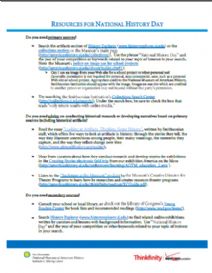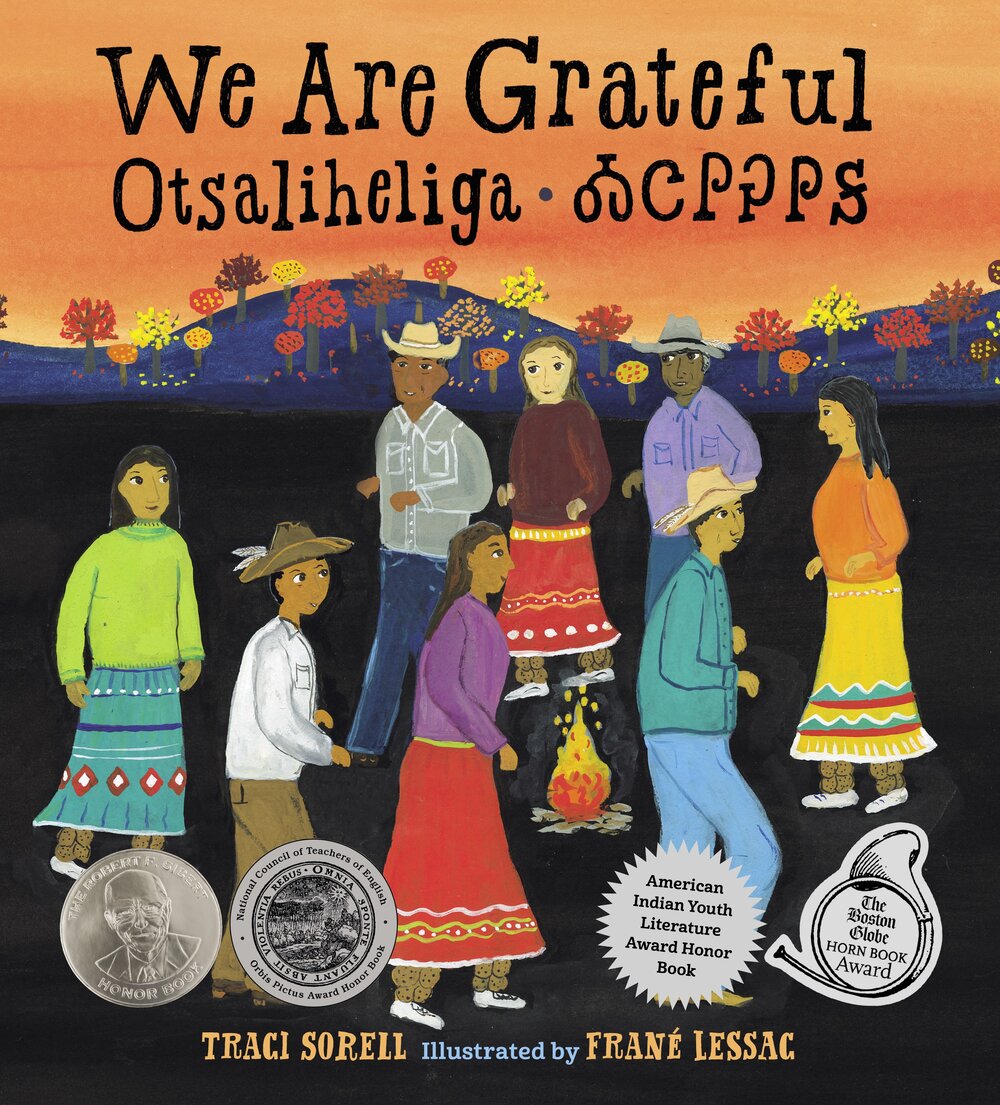As COVID-19 deaths spiked in 2020, Suzanne Firstenberg’s public art installation "In America: How could this happen…"
History Explorer Results (1131)
Related Books (350)

Grade Range:
4-12
Resource Type(s):
Reference Materials, Primary Sources
Date Posted:
6/1/2009
Ocean liners were ships of transport for immigrants and machines of leisure, status, and national prestige. Students will learn about the roles that these ships played during the massive immigration of people to the United States from both Europe and Asia during the late 19th

Grade Range:
5-12
Resource Type(s):
Reference Materials
Date Posted:
2/14/2011
This resource sheet is designed to help students conducting projects for National History Day locate primary documents, advice from curators on research and exhibition development, and on locating secondary sources.

Grade Range:
K-12
Resource Type(s):
Reference Materials
Date Posted:
4/7/2010
Researchers from across the Smithsonian met online with teachers and students around the world for the Smithsonian Online Education Conference: Problem Solving with Smithsonian Experts in April 2010. Each presenter demonstrated how s/he addresses big questions in his/her field of experti

Grade Range:
4-12
Resource Type(s):
Reviewed Websites
Date Posted:
9/18/2008
This website is an invaluable resource for teachers and students who are interested in locating, reading and researching important primary source documents in their entirety. The Avalon Project is committed to digitizing important documents relevant to the fields of Law, History, Economics, Polit
Grade Range:
5-12
Resource Type(s):
Reference Materials
Date Posted:
7/7/2008
Students, teachers and parents will find age appropriate books that support the online exhibition, America on the Move, and address the history of transportation in America.

Grade Range:
K-12
Resource Type(s):
Artifacts, Primary Sources
Date Posted:
10/22/2008
This 1923 ticket booth is from Yankee Stadium, called "The House that Ruth Built" because the star slugger, Babe Ruth (1895–1948), revitalized the game, bringing in thousands of new fans.

Grade Range:
4-12
Resource Type(s):
Reference Materials
Date Posted:
1/9/2018
This display explores the active and largely overlooked role played by women throughout World War I, both as a part of the preparedness effort before 1917 and afterwards as uniformed members of both the U.S. military and civilian voluntary organizations. In a larger historical context, the exhibi

Grade Range:
Resource Type(s):
Artifacts
Date Posted:
4/25/2018
From the moment when, in 1963, Julia Child whisked up an omelet on the pilot for her new cooking show, The French Chef, Americans wanted that whisk for their kitchens, just as they came to want any tool or utensil that Julia used. Certainly, egg beaters of all sorts were common in American kitche

Grade Range:
K-12
Resource Type(s):
Artifacts, Primary Sources
Date Posted:
9/3/2020
Pennsylvania Germans near the Conestoga River first made Conestoga wagons around 1750 to haul freight. By the 1810s, improved roads to Pittsburgh and Wheeling, Virginia (now West Virginia) stimulated trade between Philadelphia, Baltimore, and settlers near the Ohio River. Wagoners with horse-drawn C

Grade Range:
8-12
Resource Type(s):
Reference Materials
Date Posted:
9/4/2020
“Like many other churches in the early republic, the Congregational meetinghouse in Castine, Maine, served both sacred and secular functions. Built in 1790, it was home not just to worship services but town meetings and judicial proceedings. Taxpayers paid its pastor’s wages. Though the ratifica



















